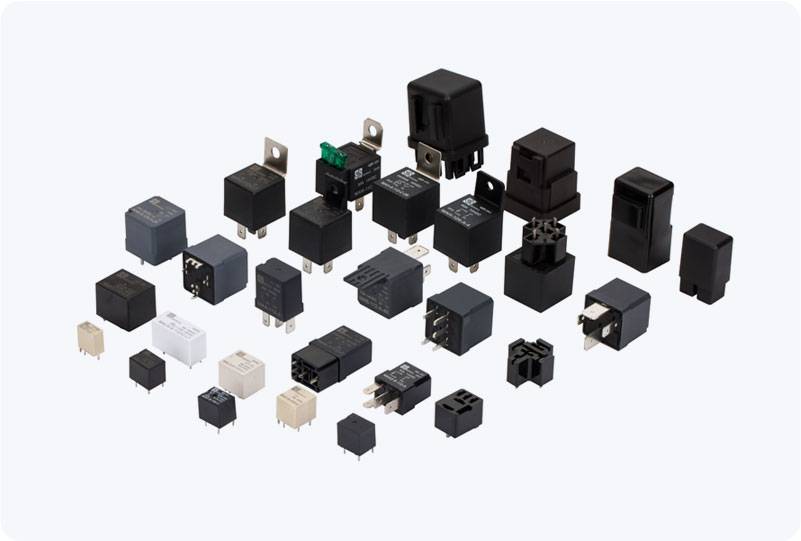In modern cars, electrical systems are essential for powering various components, such as lights, air conditioning, entertainment systems, and more. These systems rely on a combination of electrical components to function efficiently and safely. Two such crucial components are relays and fuses. While both play important roles in ensuring the smooth operation of a car’s electrical system, they serve very different purposes. This article will delve into the roles, functions, and key differences between relays and fuses in a car.

What is a Relay? A relay is an electrical switch that allows a low-power electrical signal to control a higher power circuit. Essentially, it works as a middleman between low-current control circuits and high-current load circuits. A relay uses an electromagnetic mechanism to open or close a set of contacts, thereby controlling the flow of electricity to high-power components like headlights, windshield wipers, or the car’s ignition system. Relays are critical for managing high-power devices in a car while keeping the wiring and switches in the dashboard or control units safe from handling excessive currents. These components allow small control signals, such as those from a dashboard switch, to control larger devices without directly sending high currents through the switch or the wiring.